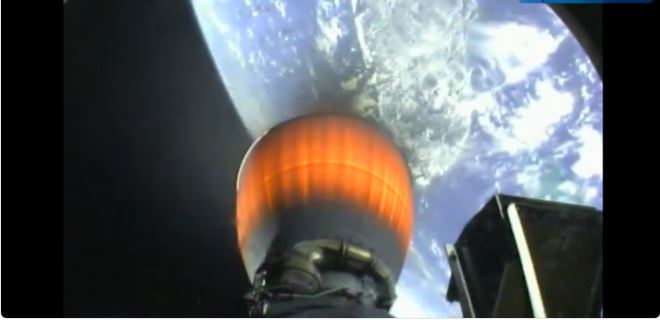SpaceX successfully launched six ORBCOMM advanced telecommunications satellites into orbit on Monday, July 14, to significantly upgrade the speed and capacity of their existing data relay network. The launch from Cape Canaveral Air Force Station in Florida had been delayed or scrubbed several times since the original launch date in May due to varying problems from payload integration issues, weather conditions and issues with the Falcon 9 rocket. But the launch went off without a hitch today and ORBCOMM reports that all six satellites have been successfully deployed in orbit.
SpaceX also used this launch opportunity to try and test the reusability of the Falcon 9's first stage and its landing system while splashing down in the ocean. However, the booster did not survive the splashdown. SpaceX CEO Elon Musk reported that the rocket booster reentry, landing burn and leg deployment worked well, the hull of the first stage "lost integrity right after splashdown (aka kaboom)," Musk
tweeted
. "Detailed review of rocket telemetry needed to tell if due to initial splashdown or subsequent tip over and body slam."
SpaceX wanted to test the "flyback" ability to the rocket, slowing down the descent of the rocket with thrusters and deploying the landing legs for future launches so the first stage can be re-used. These tests have the booster "landing" in the ocean. The previous test of the landing system was successful, but the choppy seas destroyed the stage and prevented recovery. Today's "kaboom" makes recovery of even pieces of this booster unlikely.
As far as the ORBCOMM satellites, the six satellites launched today are the first part of what the company hopes will be a 17-satellite constellation. They hope to have all 17 satellites in orbit by the end of the 2014.
 Universe Today
Universe Today
